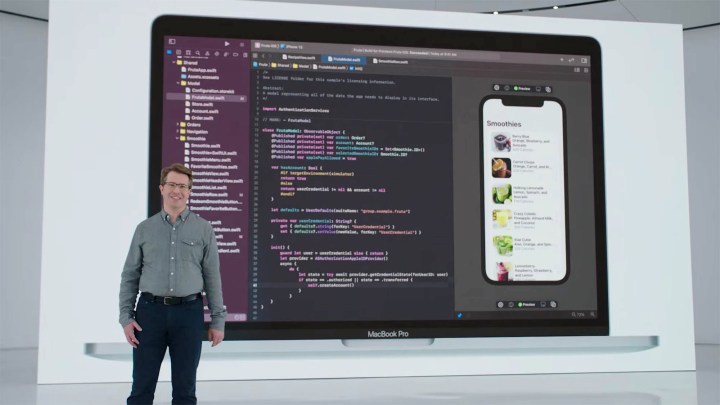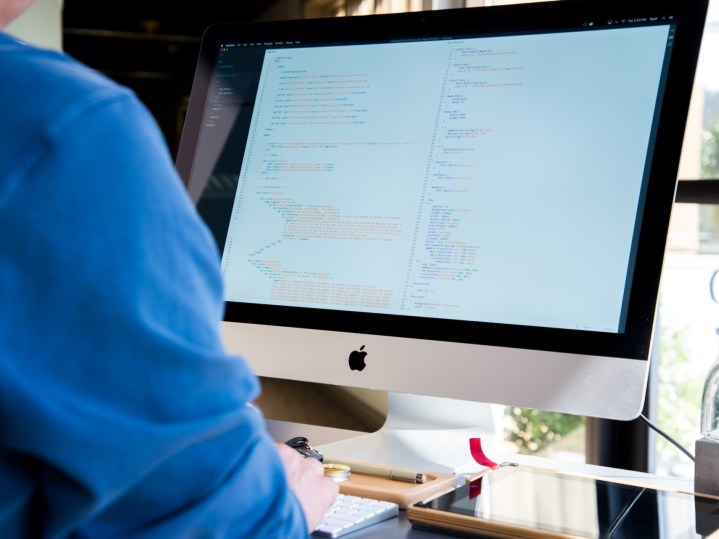Artificial intelligence (AI) tools like ChatGPT and Bing Chat have exploded in popularity over the past year, yet industry titan Apple has remained conspicuously quiet on the matter. Now, though, we might know what could be in store for us if the Cupertino firm decides to launch its own AI chatbot.
In a recently granted patent (#US-11687830-B2), Apple explains how it could infuse machine learning (ML) tech into its Xcode app, which may allow it to automatically write code for developers. If successful, that could be a major boost for app builders who work within Apple’s ecosystem — and could mean better apps for users.

The patent notes that ML could be used to automatically complete lines of code, check existing code for bugs, and more. These simple tasks alone could help save developers a bunch of time.
Beyond that, though, Apple potentially sees its idea as removing barriers for new developers who might not be familiar with how to set up the right software and hardware in order to use ML models.
To that end, Apple’s patent explains how a new system could include ML models “within an integrated software development environment” in a similar way as familiar features like functions and classes. This would then allow the developer to take advantage of all that ML goodness just as they would use a regular library or class when coding, with no complicated setup required. In other words, using machine learning to assist with your code would feel instantly recognizable.
Built into Xcode

It sounds like Apple will embed its code-writing tool directly into the Xcode app rather than release a standalone chatbot, much like how Adobe is building AI tools right into Photoshop. It’s possible it could also find its way into other Apple apps, perhaps providing a system-wide AI helper in the vein of Microsoft’s Copilot.
The fact that AI tools like ChatGPT are easy to use and get to work quickly means Apple’s idea could be seriously attractive to developers. Building it into Xcode — an app developers use all over the world — means code writers wouldn’t have to learn how to use an additional app to reap the benefits.
Speaking of benefits, though, those are far from guaranteed, and Apple’s existing AI efforts are something of a mixed bag. The iPhone 14’s AI-assisted photography skills are exceptional — Siri, famously, is not.
Still, you’d expect Apple to make a decent go of its AI code-writing bot given how much money it has to throw at the problem. If you write a lot of code, watch this space.
Editors' Recommendations
- ChatGPT not working? The most common problems and fixes
- ChatGPT can laugh now, and it’s downright creepy
- The best ChatGPT plug-ins you can use
- ChatGPT AI chatbot can now be used without an account
- We may have just learned how Apple will compete with ChatGPT



